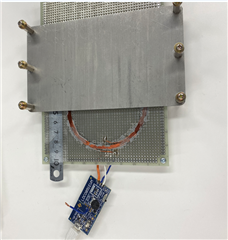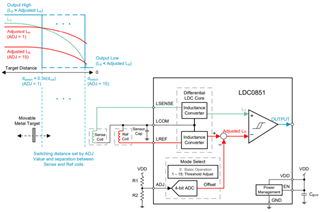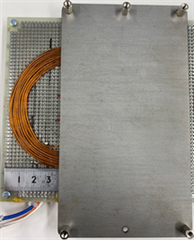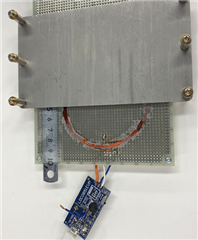Other Parts Discussed in Thread: LDC0851
Thank you very much for your help.
I am evaluating a prototype coil using LDC0851EVM, but I cannot change the detection distance of the target object using the ADJ switch.
However, I cannot change the detection distance of the target object by the ADJ switch.
In threshold adjustment mode, is it absolutely necessary that the inductance of the sensor coil is larger than the inductance of the reference coil?
Please tell me the reason why changing the detection distance by the ADJ switch does not work.
Please let me know the cause of this.
Thank you in advance.







